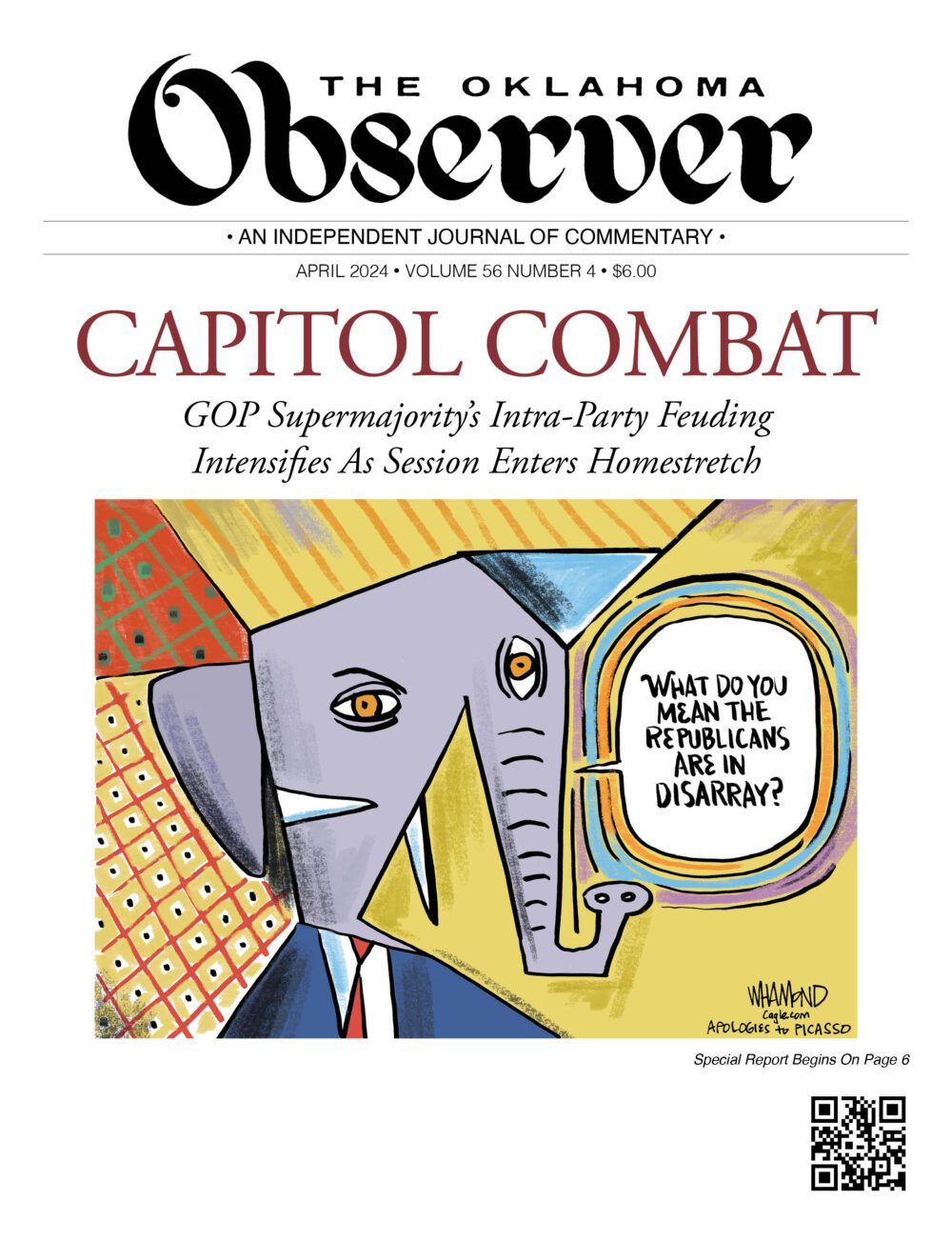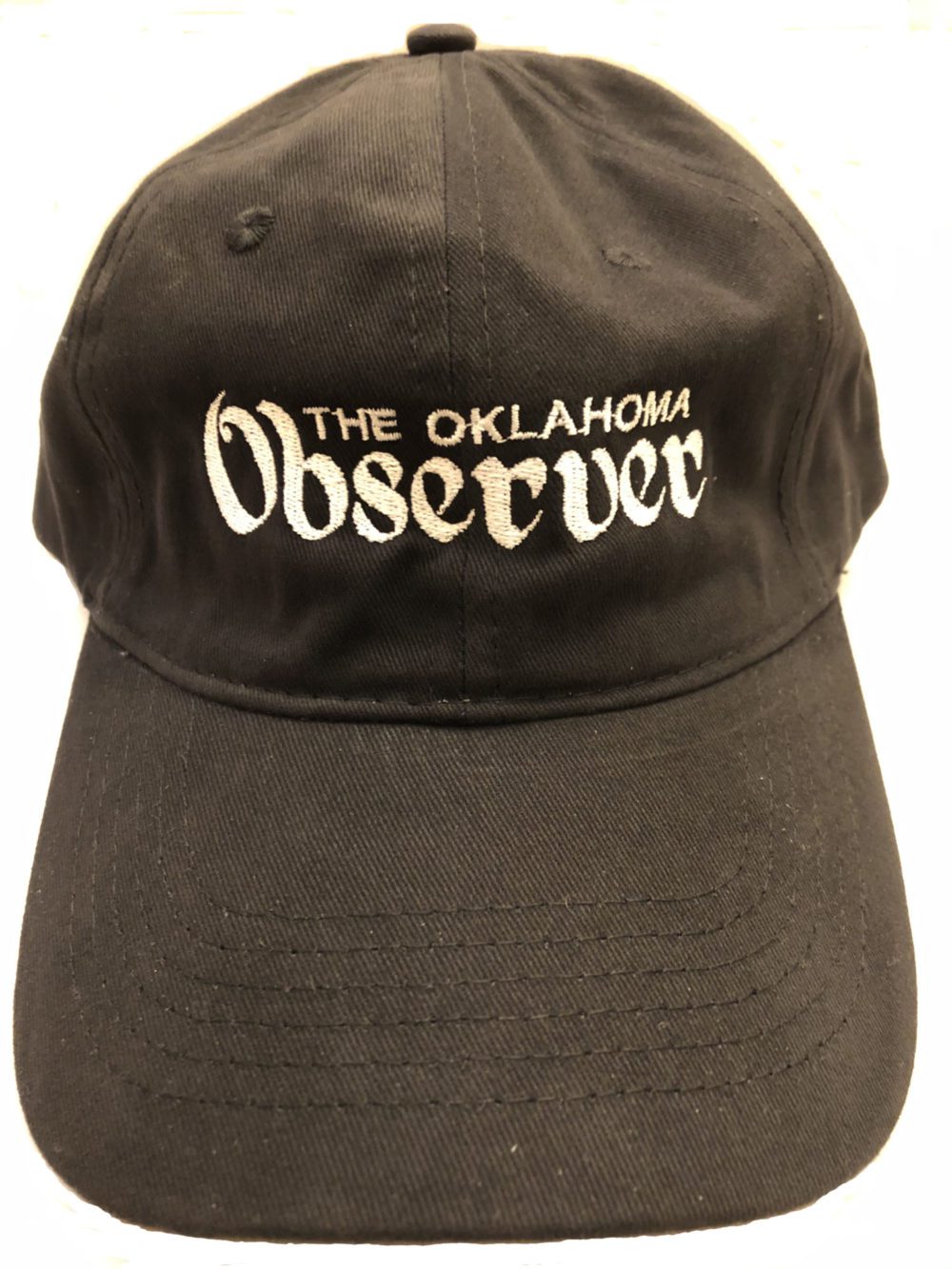BY EDWIN E. VINEYARD
Both Judge Sotomayor of the appellate court and the majority of the U.S. Supreme Court may be right, or at least partially so, in their rulings on the New Haven firefighters case. Each was working within a different legal context.
Readers will recall that the case involved eight white firefighters passing a promotion exam and no minority personnel passing. The city then threw out the test results as a criterion for promotion and promoted nobody. They did so in fear of a lawsuit by non-whites based upon previous high court decisions ruling that no test or criterion may be employed that has a disparate effect in limiting opportunities for racial minorities.
When the firefighters appealed, they did not question the validity of the test as a measure of firefighters’ knowledge and skills. Instead they accepted its validity and claimed their eight parties to the suit were discriminated against purely because of their race. So, quite significantly, that was the issue.
When the three judge appellate court, including Judge Sotomayor, considered the case, the city’s case for disregarding test scores and not promoting whites was based simply on the issue that applying the test results would have had a disparate effect on minority candidates for promotion and continue an under-representation of minorities in the upper echelons of the firefighters department.
The appellate court ruled correctly and in compliance with prior Supreme Court decisions. They followed precedent as required by legal principles.
Lower courts are pretty much bound by prior decisions of the Supreme Court. Past decisions are considered to be the last previous word on the proper interpretation of the statutes and the Constitution by the Supreme Court, which is the only legal authority that has the final say.
On the other hand, the Supreme Court is not necessarily bound by previous decisions of past editions of the court. The Supreme Court will indeed normally follow its own precedents, but it is not bound to do so. The court will, on occasion, take a new and independent look at a legal issue and come down with a different ruling.
This was the case in the firefighter’s lawsuit. The Supreme Court had previously ruled against admissions, hiring, and promotion decisions based upon criteria which, when applied, had a disparate effect on minorities. This became the rule of law.
The town council of the city of New Haven, with good legal advice, foresaw a discrimination lawsuit by minority firefighters, none of whom had passed the promotion test while eight whites had passed. They correctly determined this to be a losing case for them under prior Supreme Court rulings if all promoted were white and none a minority. Based upon high court precedents, they were correct.
The Appellate Court and Judge Sotomayor sided with that same legal precedent, as did two others of her court and the minority of four against five on the Supreme Court.
The court majority chose to set a newer precedent. Basically, that ruling is that the city of New Haven could not deny promotion to individual members of the group of eight passing the test based upon racial protections for the minority members. In other words, the constitutional right of equal protection of the law granted under the fourteenth amendment could not be subjugated to the good of a minority, i.e. discrimination against individuals in the majority in order to improve minority representation is no longer acceptable.
This is a landmark decision. It is one that many have had cause to wonder that it took so long. Individual rights are not to be sacrificed to correct past discrimination against a group. We will differ from one another in how we view this decision, but there is no doubt that it will take a significant place in legal precedent.
Strangely enough, another highly relevant issue was raised by nobody in the court system other than Justice Ginsberg in her minority opinion. There she raised the question: Was this paper-pencil test really a valid measure of leadership potential for firefighters? But, as we say, that is another matter.
– Edwin E. Vineyard, AKA The Militant Moderate, lives in Enid, OK and is a regular contributor to The Oklahoma Observer







